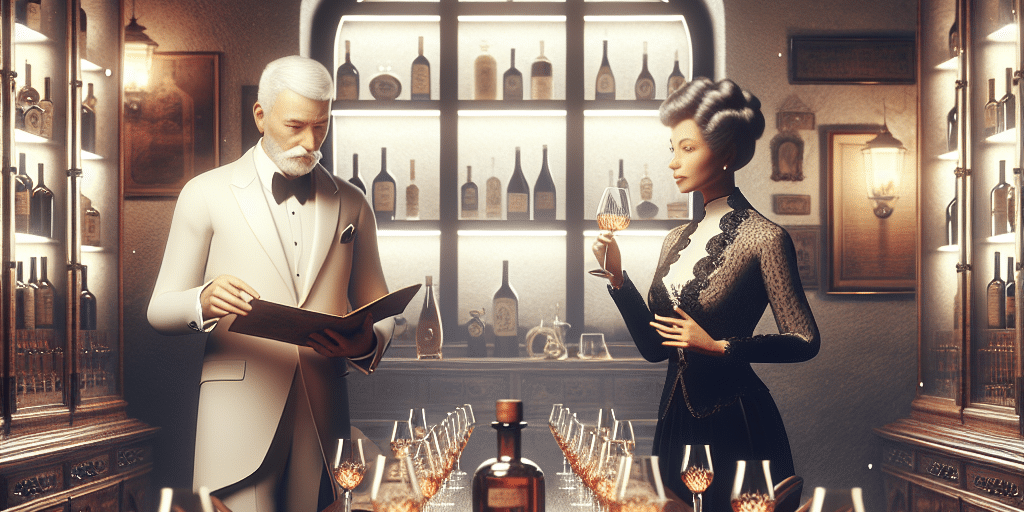The Vintage Portfolio: How High-Net-Worth Families Are Betting on Rare Wines and Spirits
Introduction
In recent years, the financial landscape has evolved to include a diverse range of assets, and high-net-worth families are increasingly looking beyond traditional investments like stocks and bonds. One of the most intriguing areas garnering attention is the market for rare wines and spirits, an asset class that combines passion with potential for significant returns. This emerging trend has given rise to what is now known as the "vintage portfolio."
The Allure of Rare Wine and Spirits
The appeal of investing in rare wines and spirits is multifaceted. For many collectors, it’s not just about monetary returns but also about the enjoyment and appreciation of fine beverages. The age, provenance, and rarity of these products contribute to their desirability and value. Rare wines from renowned regions like Bordeaux, Burgundy, and Napa Valley, and limited-edition spirits such as single malts and aged whiskies, have become symbols of status and refined taste.
Market Dynamics
The high-net-worth demographic has driven demand for these assets as they seek unique investments that differentiate their portfolios. The global wine and spirits market is projected to grow significantly, with rare and collectible items often appreciating even faster than traditional asset classes like stocks. Wines from the best vintages can see their prices soar, sometimes doubling or tripling within a few years. A well-chosen bottle can be both a luxurious indulgence and an astute financial decision.
The Role of Investment Firms
Investment firms and specialized funds focusing on wine and spirit collections have emerged to cater to this high-end clientele. These professionals provide expert advice on sourcing, storing, and valuing these assets, ensuring that clients make informed decisions. With their knowledge of market trends and valuation, these firms help families construct a vintage portfolio that aligns with their financial goals and personal tastes.
Risk and Considerations
Like any investment, the vintage portfolio is not without its risks. Market fluctuations can impact the perceived value of specific bottles or collections, and the quality of storage plays a crucial role in maintaining the integrity and value of these assets. Moreover, the market can be niche, requiring investors to be well-informed. Counterfeit wines and spirits also pose a significant risk, necessitating a robust authentication process.
The Future of Vintage Investing
As generational wealth transfers take place, younger members of affluent families who are passionate about wine and spirits are likely to continue investing in rare collections. This demographic shift could further propel the market, as these younger investors might prioritize experiences and historic collections over more traditional investments.
Additionally, as environmental concerns rise, investing in sustainable and organic wines may become a new trend within this asset class. The intersection of sustainability and luxury can appeal to a conscientious new generation of investors, blending premium tastes with environmental awareness.
Conclusion
The vintage portfolio is more than just a collection of fine wines and spirits; it’s a savvy investment strategy that reflects changing values among high-net-worth families. As they blend passion with prudent investment, rare wines and spirits have proven to be an enticing alternative asset class, offering both enjoyment and financial potential. For those willing to navigate the intricacies of the market, the rewards can be plentiful, making the vintage portfolio a compelling avenue for wealth preservation and growth.










